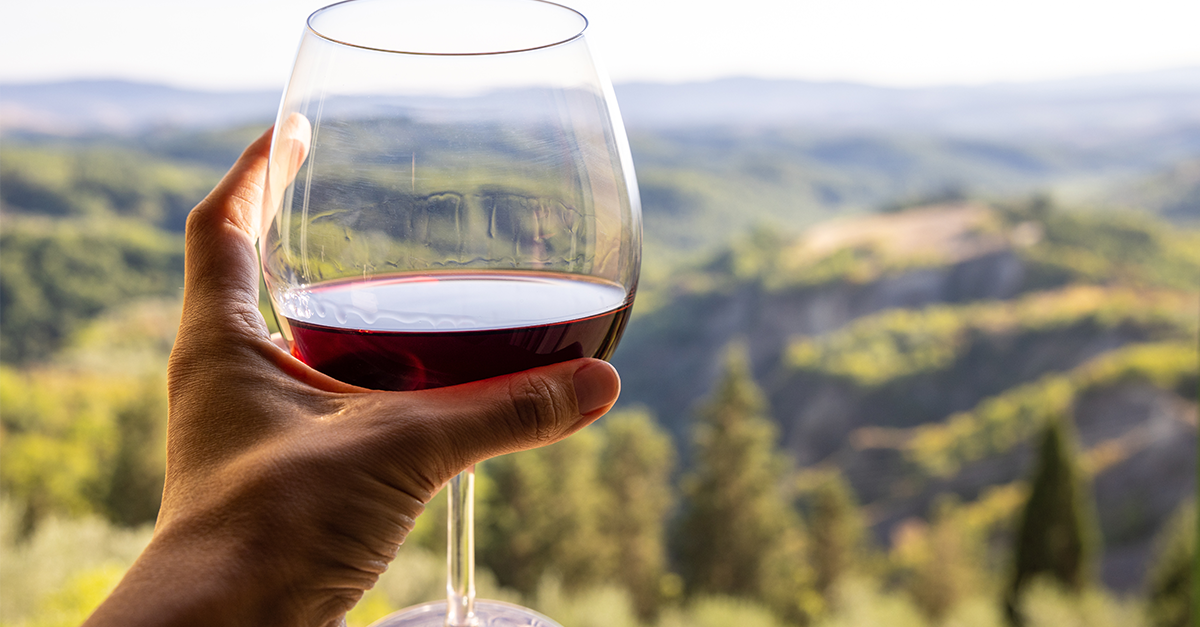
How to Leverage Wine Tourism for Sustainable Development, by Marta Juega Rivera
Tourism is one of the world’s fastest-growing industries
As the perception of wine travel as quality tourism grows, more and more people begin to see it as a valuable asset, not only in terms of its positive economic impact, but as a decisive factor in protecting the natural and socio-cultural resources of each specific wine region.
According to the United Nations (UN), “tourism is one of the world’s fastest-growing industries and an important source of foreign exchange and employment while being closely linked to the social, economic, and environmental well-being of many countries, especially developing countries”.
Wine has an important cultural and social component given its intimate association with food, history, and the traditions of wine regions. The negative effects of alcohol, however, are considered one of the major global health risk factors, impacting negatively on many of the sustainable development goals established by the United Nations in the 2030 Agenda.
Even so, certain characteristics set wine apart, making it a key product in the economic development of wine regions around the world through the growth of sustainable wine tourism.
After bottling, wine acquires other values that extend beyond its face value, connecting directly with the consumer through its cultural heritage and each wine region’s particular history. These are the building blocks for creating a wine brand and the story it tells. The client therefore expects to experience this history when visiting the winery.
How can we provide visitors with a more responsible form of wine tourism?
The key lies in finding ways in which these activities benefit everyone involved, from the client and the winery to the farmers and the community at large.
France, for example, is implementing initiatives to encourage people to travel around Europe by train rather than flying. As part of this effort, high-speed express trains now connect the airport of Charles de Gaulle in the outskirts of Paris with the Bordeaux and Burgundy regions.
Casa Valle Viñamar in Chile provides another example, ranked first in “sustainable tourism practices” at the Best of Wine Tourism Awards for promoting the use of renewable energy by running their tourism facilities on solar power.
An educational tool
Wine tourism can also be harnessed as an educational tool, not only to offer the client an authentic experience and build long-term business relationships, but to let visitors know about the climatic, social, and economic challenges that a specific wine region faces in its day-to-day. At the same time, it should act as a conduit to promote local producers and encourage events among visitors.
The importance of wine tourism within the industry is on the rise. We find evidence thereof in the strategic plan of the OIV for 2020–2024, which includes the following among its key objectives: to “encourage and participate in the development of wine tourism, viticultural landscapes and terroirs, highlighting their importance for society”.
Considering the increasing weight of wine tourism in the industry, the Burgundy School of Wine & Spirits Business is launching a new Master in Sustainable Tourism programme in 2022, an opportunity for students to learn about sustainable wine tourism and gastronomy.
These kinds of academic courses are an invaluable asset, giving wine professionals the necessary skills and knowledge to introduce more sustainable wine tourism practices, and as such they respond to a real market need, as the World Travel and Tourism Council in 2021 pointed out: tourists across all sectors are becoming increasingly aware of “climatic, environmental, and social problems”.
A 2021 study carried out by WineTourism and the University of Geisenheim in Germany reveals the two primary factors that are driving wineries to implement sustainable wine tourism: building trust and reputation and increasing visitor satisfaction.
These values coincide with the main strategic objectives included in the business models of many wineries. This shows, yet again, how important it is for wineries to align their sustainability and business strategies to ensure these are implemented and executed in the long term, resulting in a tangible positive impact on the sector.